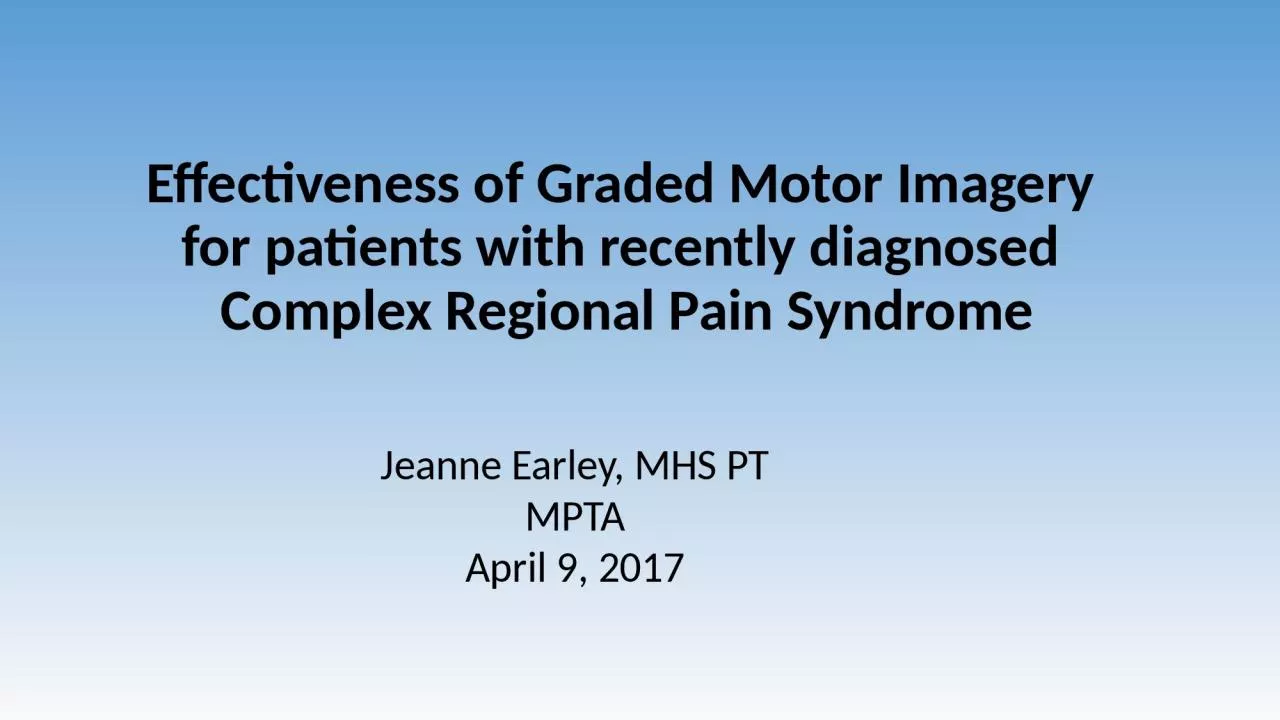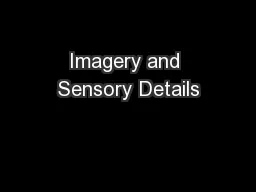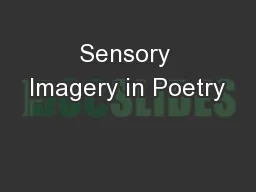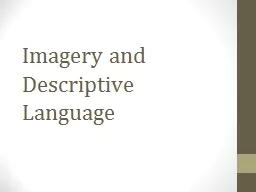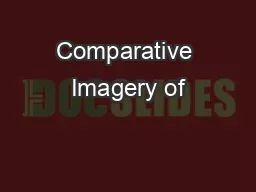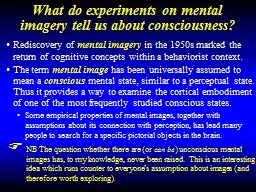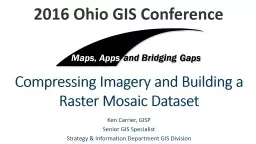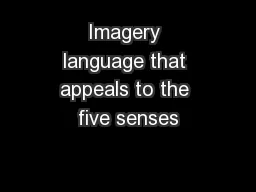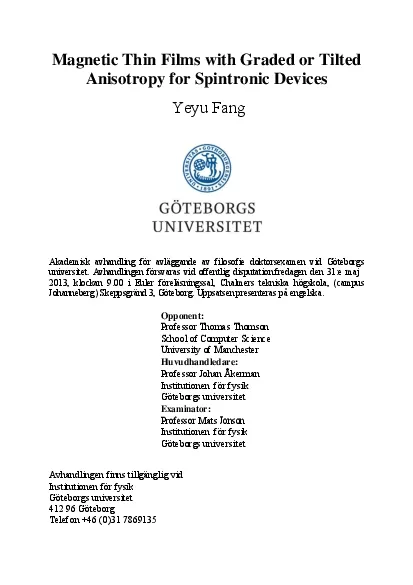PPT-Effectiveness of Graded Motor Imagery
Author : bethany | Published Date : 2024-01-29
for patients with recently diagnosed Complex Regional Pain Syndrome Jeanne Earley MHS PT MPTA April 9 2017 Outline Why review History of CRPS the onion theory
Presentation Embed Code
Download Presentation
Download Presentation The PPT/PDF document "Effectiveness of Graded Motor Imagery" is the property of its rightful owner. Permission is granted to download and print the materials on this website for personal, non-commercial use only, and to display it on your personal computer provided you do not modify the materials and that you retain all copyright notices contained in the materials. By downloading content from our website, you accept the terms of this agreement.
Effectiveness of Graded Motor Imagery: Transcript
Download Rules Of Document
"Effectiveness of Graded Motor Imagery"The content belongs to its owner. You may download and print it for personal use, without modification, and keep all copyright notices. By downloading, you agree to these terms.
Related Documents

